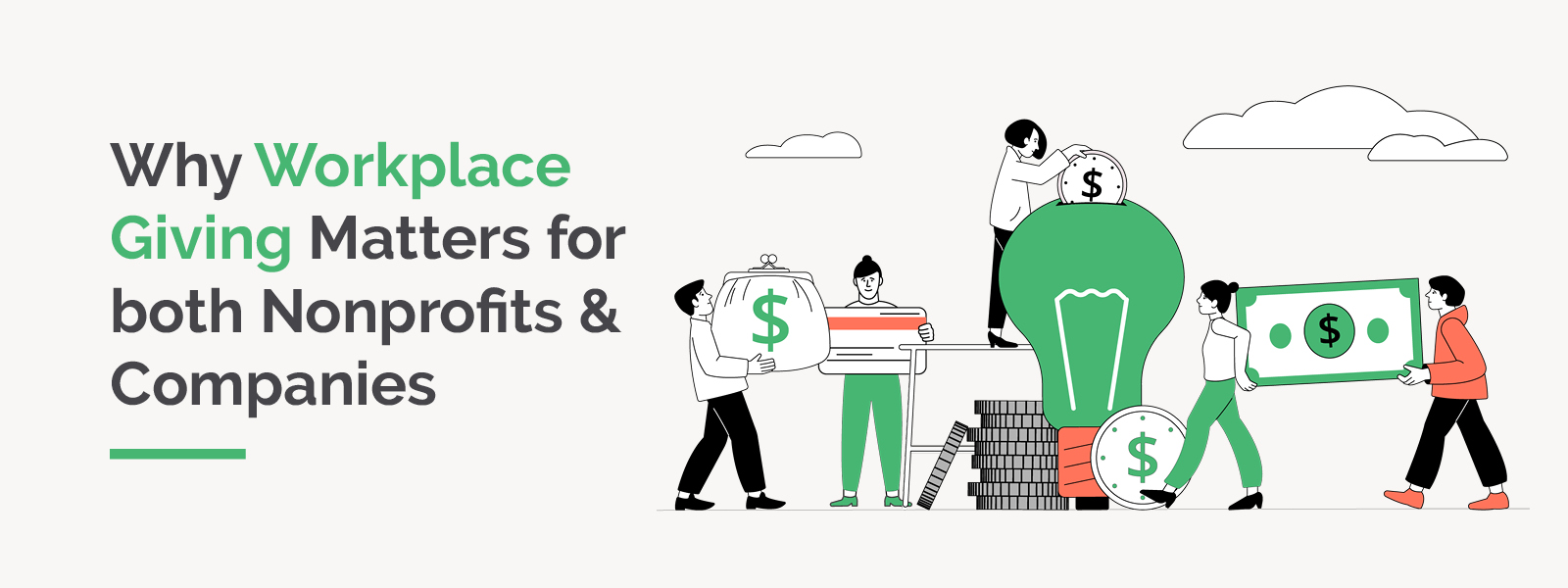
Why Workplace Giving Matters for Nonprofits + Companies
Today, companies are diving deep into social good causes…
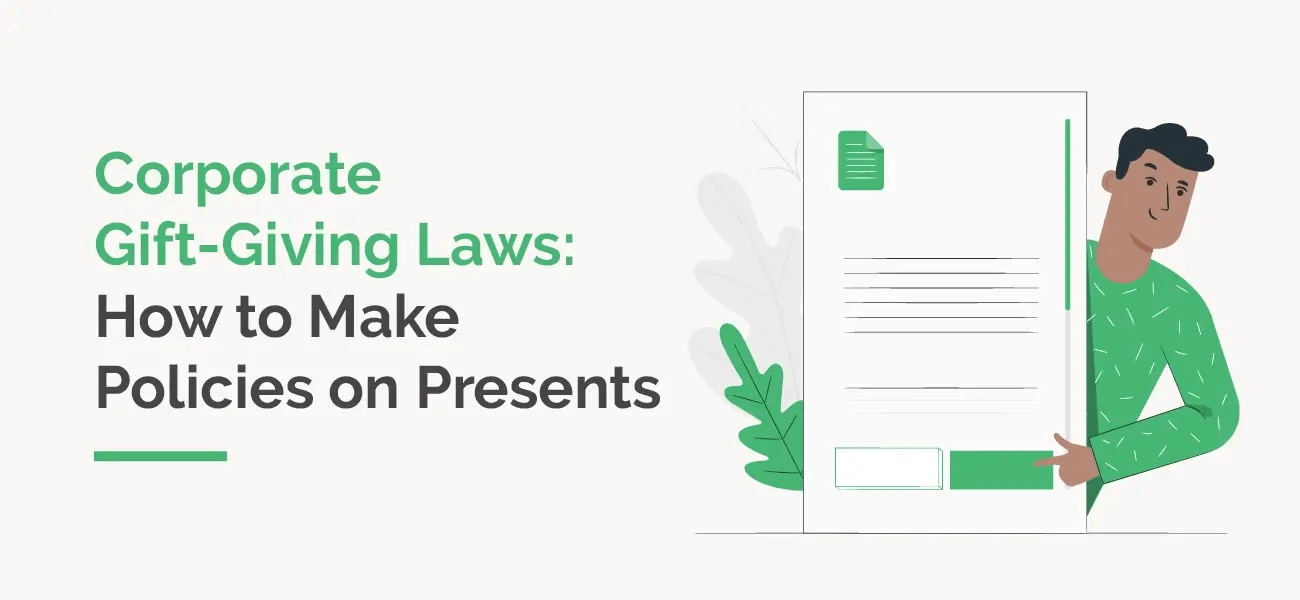
Corporate Gift-Giving Laws: How to Make Policies on Presents
Corporate leaders oversee relationship management on many fronts,…
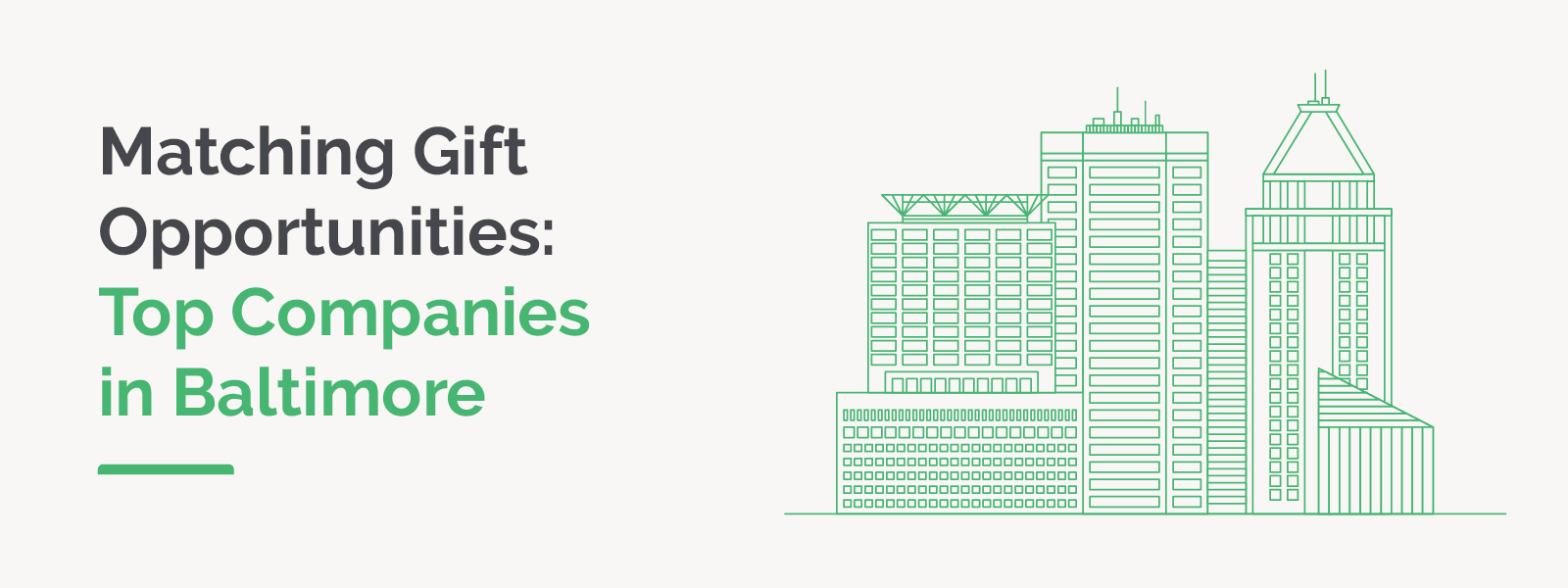
Matching Gift Opportunities: Top Companies in Baltimore
At Double the Donation, we partner with nonprofits across the…

Matching Gift Requests | Deadlines, Forms & Auto-Submission
You likely have a number of matchable donations in your CRM at…
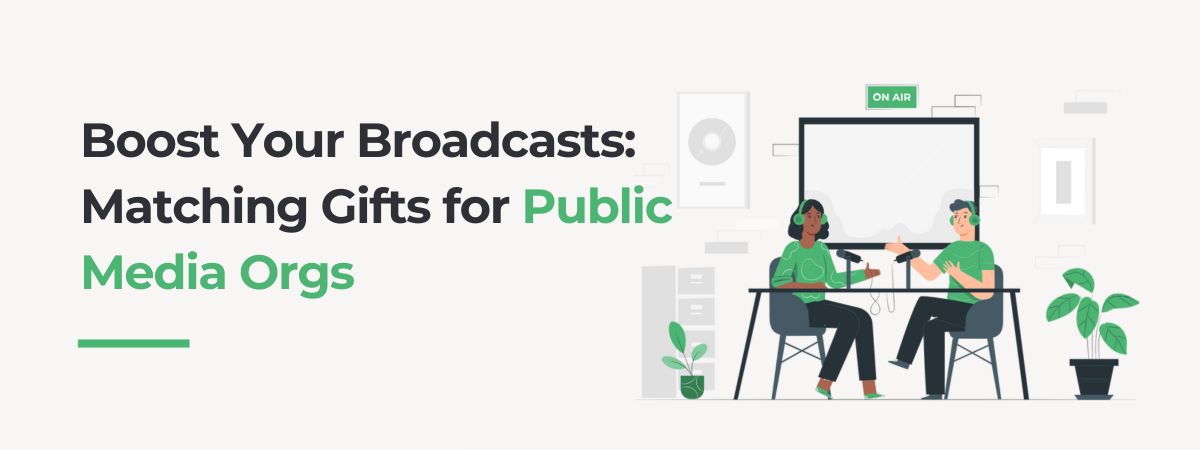
Matching Gifts for Public Media Orgs | Boost Your Broadcasts
Consider the following scenario: You’re listening to your regularly…
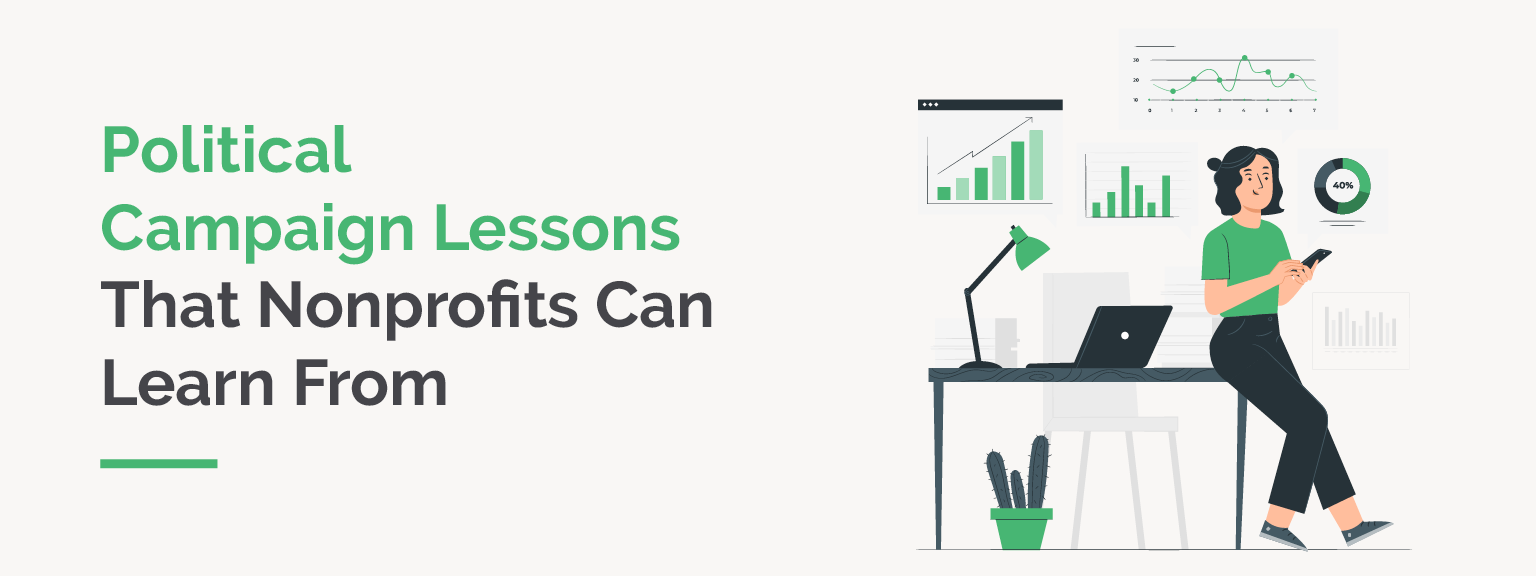
5 Political Campaign Lessons That Nonprofits Can Learn From
In major election years, political campaigns are at the top of…
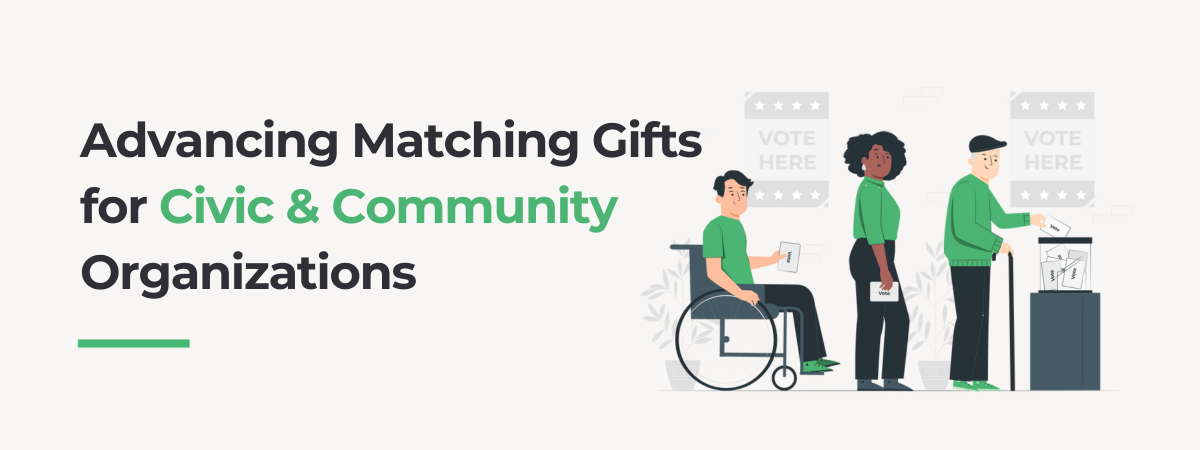
Advancing Matching Gifts for Civic & Community Organizations
Organizations dedicated to fostering positive social change often…
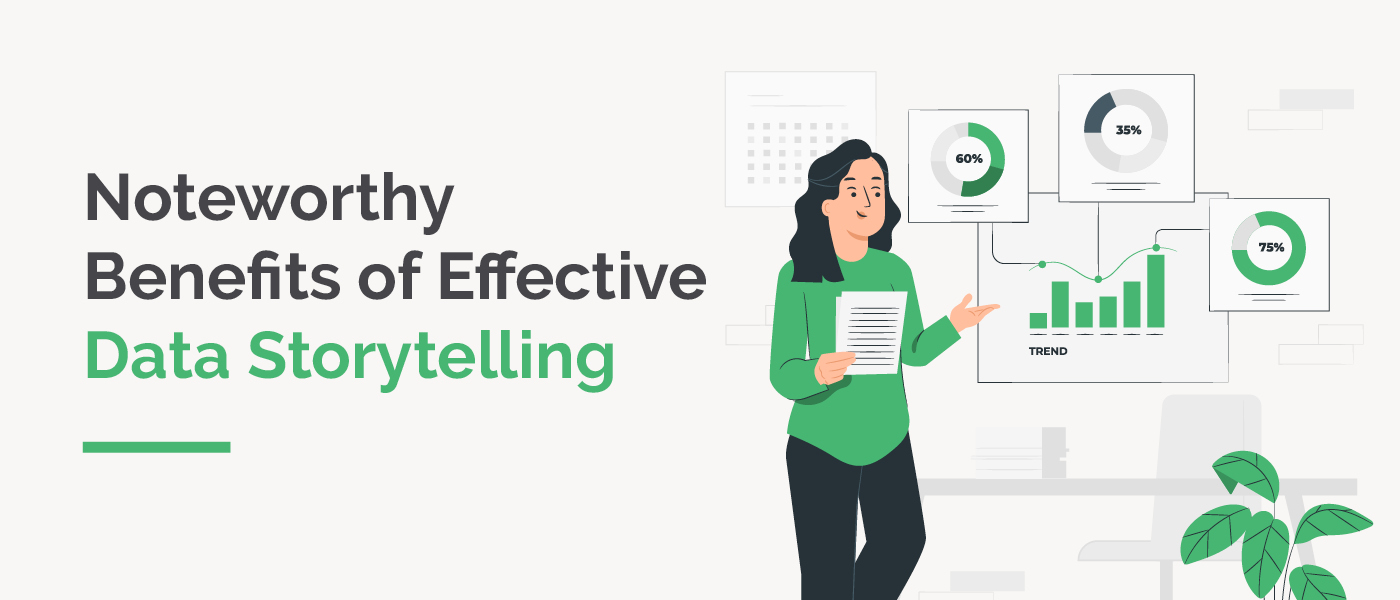
5 Noteworthy Benefits of Effective Data Storytelling
According to Steve Jobs, “The most powerful person in the world…

Double the Donation Offers Matching Gift Functionality on Classy Studio
Double the Donation and Classy continue strong partnership with…
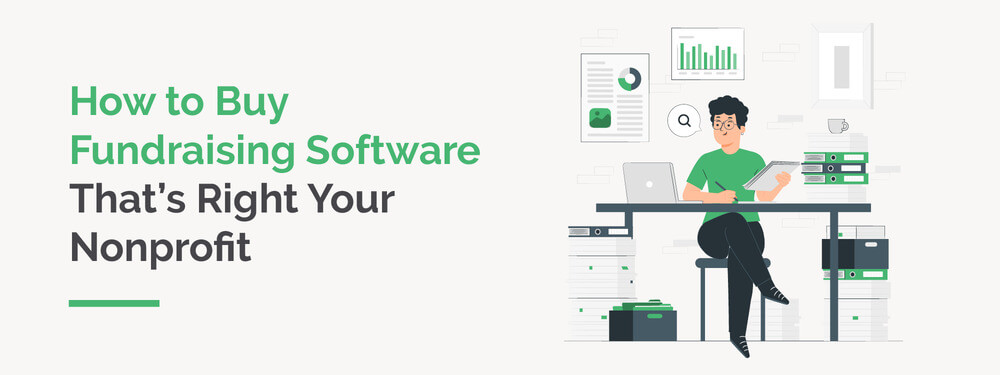
How to Buy Fundraising Software That’s Right For Your Nonprofit
Digital fundraising is crucial in today’s nonprofit landscape.…

